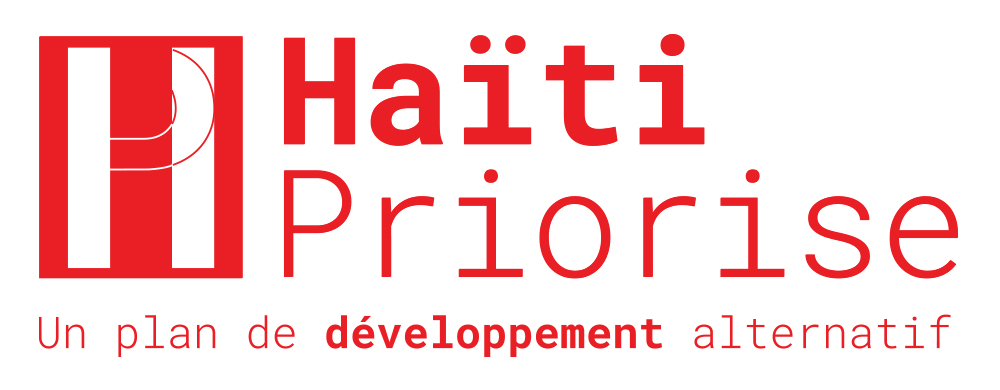Haïti Priorise: Civics and Skills, Psacharopoulos
Description of Problem
Children typically start primary school two years late. Fewer than 60 percent reach the last grade of primary school. Many children in school learn little. And nearly half of adults never attended school. Unemployment is high, especially among uneducated young people.
Solutions
- Vocational education
- Civic education in lower secondary school
- A gap year of civic and vocational education
Summary Table of the BCR
| Intervention | Benefit | Cost per year | Benefit-cost Ratio |
|---|---|---|---|
| Civics | 96,000 ($1,380) | 19,500 gourdes ($280) | 5 |
| Gap year of vocational and civics | 263,000 gourdes ($3,800) | 69,000 gourdes ($1,000) | 4 |
| Vocational training | 899,000 gourdes ($13,000) | 440,000 gourdes ($6,370) | 2 |
Benefits and costs are annualized at a 5% discount rate. Cost is for one student.
Benefits, Costs and BCRs
Vocational Education
In vocational education, students learn a particular trade so they can make money from this trade after graduation. Every economy needs plumbers, carpenters or electricians. This intervention would provide three years of vocational training after secondary school. It could be scaled up or down.
Costs
Vocational training is more expensive than general education. Overseas evidence suggests vocational education would be about 50 percent more expensive than general education.
Providing three years of vocational training after secondary school would cost around 440,000 gourdes ($6,370) per student per year. Training 1,000 students would cost 440 million gourdes ($6.3 million).
There is also a ‘cost’ to the students themselves, who might have earned money in the workforce instead of training.
Benefits
Once they graduate, vocational education graduates can earn around 50% more than their counterparts who dropped out after primary school.
The Institut Haitien de Statistique et Informatique (IHSI) at the Ministere de l'Economie et des Finances conducted an Enquête sur les Conditions de Vie des Ménages après Séisme, which found that the annual mean income of an adult with primary school education is around 110,000 gourdes (about $1500), and someone with lower secondary school training are around 127,000 gourdes ($1800). Based on this starting point, it is estimated that vocational training would lead to an average income of about 161,000 gourdes ($2300).
Civic Education
Improving civic behavior leads to a more coherent society, more stability, less conflict, and better participation in voting. One example is that after a natural disaster, there can be less breakdown in order. A lot of evidence shows that more education means lower crime rates.
This proposal is to add two years of civics classes to lower secondary school.
Costs
It is estimated that adding a civics course to the curriculum would increase the cost of secondary education by about half of the cost of general education each year.
For each student, this would mean an annual expense of around 19,500 gourdes ($280).
Benefits
UK evidence suggests that civics education enhances earnings by between 1% and 6%, Based on this, there could be a 3% earnings boost.
Gap Year
This intervention would create one year of compulsory vocational and civics training for 15-year olds who drop out of secondary school but don’t go on to upper secondary school. The rational for this intervention is the high rate of unemployment of lower school graduates who do not proceed to further study.
Costs and Benefits
The direct cost of study during the gap year is assumed to be a weighted average of 50-50 the cost of vocational education and civics education. Because this occurs at age 15, it involves an opportunity cost equal to the earnings of those who have obtained lower secondary multiplied by their labor force participation rate.

